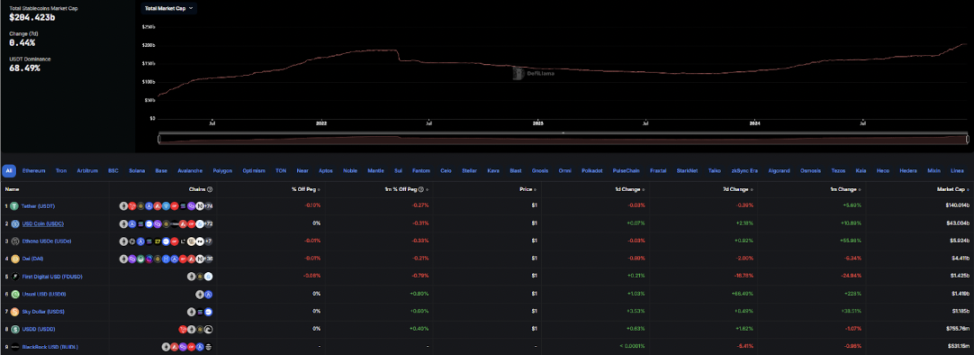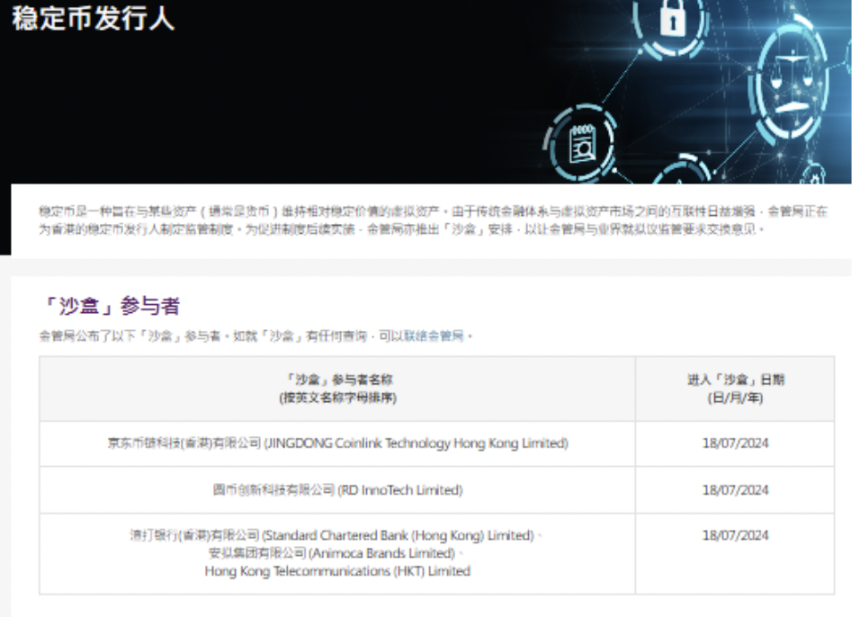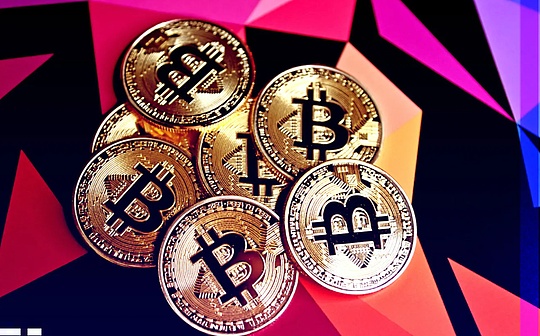WOO X Research: Overview of new developments in stablecoin regulation in important regions around the world

Reprinted from panewslab
12/24/2024·4MAuthor: WOO
In recent years, the rapid development of stablecoins has attracted the attention of regulatory agencies in various countries. As a cryptocurrency linked to legal currency or other assets, stablecoin has the characteristics of stable value and has been widely used in cross-border payments, DeFi and other fields. Especially in this cycle, RWA’s performance has been outstanding. Both investment institutions in the traditional financial sector (such as BlackRock, etc.) and institutions/organizations originating from web 3 (such as Sky (formerly maker DAO), etc.) have entered the market. market, more and more investors are paying attention to this track. A concussive upward trend gradually formed.

Image source: https://defillama.com/stablecoins
“Without rules, there is no rule.” Following this, governments and international organizations have begun to introduce policies to regulate stablecoins. This article provides a brief summary of current regulatory developments.
United States (North America)
The United States is one of the major markets for the development of stablecoins, and its regulatory policies are also relatively complex. The stablecoin regulatory framework in the United States is mainly implemented by multiple agencies, including the Treasury Department, the Securities and Exchange Commission (SEC), and the Commodity Futures Trading Commission (CFTC).
For some stablecoins, the SEC may consider them to be securities and need to comply with the relevant provisions of the Securities Act. The Office of the Comptroller of the Currency (OCC), an arm of the Treasury Department, has proposed allowing national banks and federal savings associations to provide services to stablecoin issuers, subject to anti-money laundering and compliance requirements. Recently, the U.S. Congress is discussing legislative proposals such as the Stablecoin Transparency Act, trying to develop a unified regulatory framework for stablecoins. After Trump, the influencer known as the "Crypto President" was elected, although policies have not yet been introduced, encryption regulation seems to be improving overall.
European Union (Europe)
The EU’s stablecoin supervision mainly relies on the Cryptoasset Market Regulation (MiCA).
MiCA divides stablecoins into asset-referenced tokens (ART) and electronic money tokens (EMT). Electronic Money Tokens (EMTs) are tokens pegged to a single fiat currency, such as stablecoins pegged to the euro or US dollar. Asset-Referenced Tokens (ARTs) refer to tokens linked to certain assets, such as fiat currencies, commodities, or cryptoassets. MiCA has formulated corresponding regulatory requirements respectively. Entities issuing stablecoins need to obtain permission from EU member states and meet requirements such as capital reserves and transparency disclosure.
Hong Kong (Asia)
On July 17, 2024, the Hong Kong Monetary Authority and the Financial Services and the Treasury Bureau jointly issued a consultation summary introducing the main contents of the upcoming stablecoin regulatory system. According to this system, companies that want to issue or promote fiat stablecoins in Hong Kong need to obtain a license from the Hong Kong Monetary Authority. This set of regulatory requirements includes the management of reserve assets, corporate governance, risk control, information disclosure, and combating money laundering and terrorist financing.

Image source link: https://www.hkma.gov.hk/gb_chi/news-and-media/press-releases/2024/07/20240717-3/
In addition, the HKMA also launched a "sandbox" program for stablecoin issuers to exchange views with the industry on proposed regulatory requirements. The first list of participants has been announced on July 18, 2024, including JD Coin Chain Technology (Hong Kong) Co., Ltd., Yuanbi Innovation Technology Co., Ltd., and representatives from Standard Chartered Bank (Hong Kong) Co., Ltd., Animoca Brands Limited and Hong Kong Telecommunications Co., Ltd. A consortium of companies.

Image source link: https://www.hkma.gov.hk/gb_chi/key-functions/international-financial-centre/stablecoin-issuers/
Recently, on December 6, 2024, the government published the Stablecoin Bill in the Gazette, aiming to introduce a regulatory system for issuers of fiat currency stablecoins in Hong Kong to improve the regulatory framework for virtual asset activities.
Singapore (Asia)
According to Singapore’s Payment Services Act, stablecoins are considered a digital payment token, and their issuance and circulation require a license from the Monetary Authority of Singapore (MAS). MAS provides a regulatory sandbox for startups to test stablecoin-related business models.
Japan (Asia)
In June 2022, Japan revised the Payment Services Act (PSA) to establish a regulatory framework for the issuance and trading of stablecoins. Under the revised PSA, stablecoins fully backed by fiat currencies are defined as “electronic payment instruments” (EPI) and can be used to pay for goods and services. There are specific requirements for issuing institutions, namely: only three types of institutions can issue stablecoins: banks, fund transfer service providers and trust companies. Institutions that want to carry out stablecoin-related business must first register as an Electronic Payment Instrument Service Provider (EPISP) in order to obtain the necessary licenses required to provide services.
Brazil (South America)
BCB Governor Roberto Campos Neto said in October 2024 that it plans to regulate stablecoins and asset tokenization in 2025. In November 2024, BCB proposed a regulatory proposal to prohibit users from withdrawing stablecoins from centralized exchanges to self-hosted wallets. It is reported that in December, the deputy director of the BCB financial system said that if key issues such as transaction transparency can be improved, the central bank may revoke the ban.
Summarize
In addition, the Russian BRICS countries are also considering using cryptocurrency as a settlement method for cross-border financing. Generally speaking, whether it is setting up a regulatory sandbox for encryption companies or starting from defining categories based on the different characteristics of stablecoins, more and more regulatory policies for stablecoins will be introduced in the future. Cross-border payments also seem to be one of the most widely used scenarios for stablecoins.


 jinse
jinse

 chaincatcher
chaincatcher